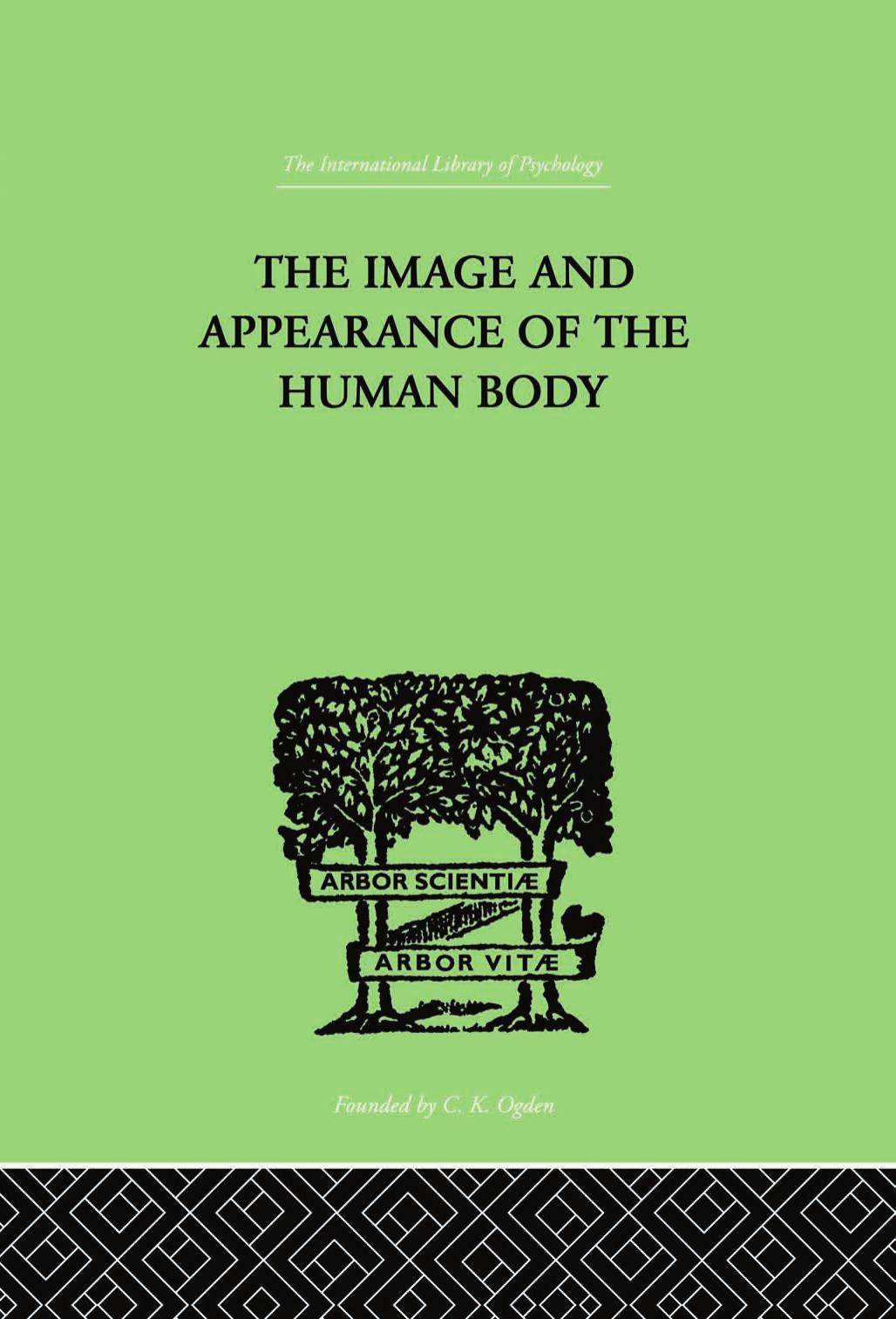The Image and Appearance of the Human Body by Schilder Paul

Author:Schilder, Paul [PAUL SCHILDER]
Language: eng
Format: epub, pdf
ISBN: 9781136338281
Publisher: Taylor and Francis
(11) Organic disease.
There arises the problem of organic disease in connection with the postural model of the body. Organic disease provokes abnormal sensations; it immediately changes the image of the body, partly the picture side of it and partly the libidinous investment. These sensations immediately become a part of the general attitude and experience of the individual, and underlie the transformation and transposition, the condensations and symbolizations we have studied in neurotic cases. Symptoms in organic diseases as well as in psychogenic diseases take place in the postural model of the body. They can only be understood in connection with the general problem. Of course, there are symptoms which do not change the psychological sphere. A growing cancer may not make any immediate changes in the postural model of the body; but it may lead to fatigue, weakness, and lack of appetite, which are definitely connected with the body-image.
There are, of course, purely objective phenomena which may be very valuable for the physician and may help him in a diagnosis, for instance, the absence of patellar reflexes or a nystagmus. But we are not justified in talking of symptoms unless some change in the postural model has taken place. A change in the X-ray picture of the lungs is not a symptom in this sense, but coughing, pain in the shoulder, or fever, are symptoms. We come to the preliminary differentiation between objective phenomena of a disease and symptoms; the latter are connected with the postural model of the body. A few instances given show that symptoms are merely changes in the picture or in the sensations and representations, but they may consist also of a reflectory answer as in vomiting and coughing.
The reflectory action may lead again to a change in the sensations. The symptom may also lead to a different motor attitude and action. When an individual has a sore foot he uses his foot in a different way, or he may not use it at all. These changes in attitude may be voluntary and conscious, but they may be and often are to a great extent instinctive. When an individual has lost one leg not only is there a change in the postural model of the body concerning the leg, but also a different function which is necessary owing to the absence of the leg changes the whole motility of the individual and with it the whole postural model of the body. Every difference in the function, has therefore an immediate influence on the body-image. It is as if the change in the function were transmuted into a static difference and difference in the image. It is a fascinating psychological problem to follow these changes from function and movement into the relatively static image of the body. We shall meet this problem again later on. Generally we can appreciate movement, function-change, only concerning a relatively stabilized background. The body-image is this stable background on which changes in the functions are engraved. Ross’s experiments and Skramlik’s studies show
Download
The Image and Appearance of the Human Body by Schilder Paul.pdf
This site does not store any files on its server. We only index and link to content provided by other sites. Please contact the content providers to delete copyright contents if any and email us, we'll remove relevant links or contents immediately.
| Anatomy | Animals |
| Bacteriology | Biochemistry |
| Bioelectricity | Bioinformatics |
| Biology | Biophysics |
| Biotechnology | Botany |
| Ecology | Genetics |
| Paleontology | Plants |
| Taxonomic Classification | Zoology |
Sapiens: A Brief History of Humankind by Yuval Noah Harari(14257)
The Tidewater Tales by John Barth(12609)
Mastermind: How to Think Like Sherlock Holmes by Maria Konnikova(7233)
Do No Harm Stories of Life, Death and Brain Surgery by Henry Marsh(6891)
The Thirst by Nesbo Jo(6832)
Why We Sleep: Unlocking the Power of Sleep and Dreams by Matthew Walker(6620)
Life 3.0: Being Human in the Age of Artificial Intelligence by Tegmark Max(5479)
Sapiens by Yuval Noah Harari(5297)
The Longevity Diet by Valter Longo(5021)
The Body: A Guide for Occupants by Bill Bryson(4978)
The Rules Do Not Apply by Ariel Levy(4868)
The Immortal Life of Henrietta Lacks by Rebecca Skloot(4528)
Animal Frequency by Melissa Alvarez(4399)
Why We Sleep by Matthew Walker(4364)
The Hacking of the American Mind by Robert H. Lustig(4319)
Yoga Anatomy by Kaminoff Leslie(4310)
All Creatures Great and Small by James Herriot(4235)
Double Down (Diary of a Wimpy Kid Book 11) by Jeff Kinney(4209)
Embedded Programming with Modern C++ Cookbook by Igor Viarheichyk(4110)
